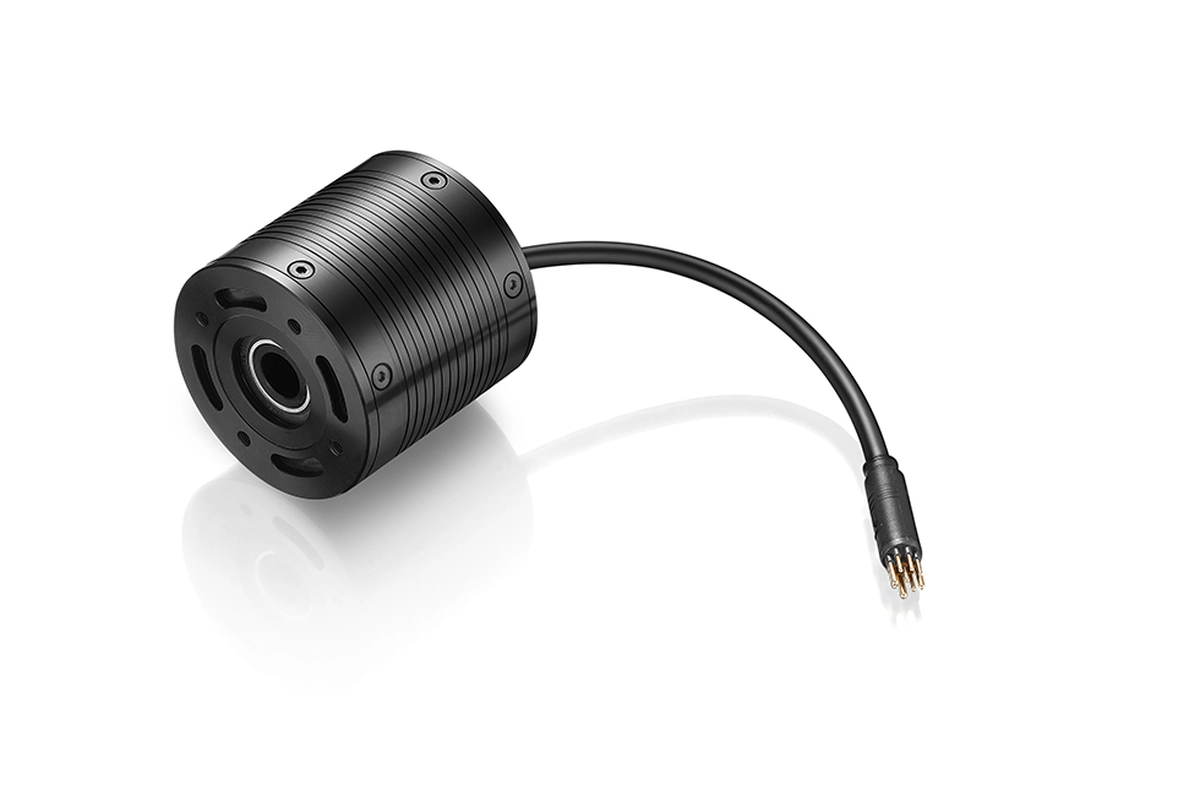Mounting a direct drive motor is a critical step in various technological applications, ranging from robotics to industrial machinery. Properly installing a direct drive motor ensures efficient performance and longevity. In this essay, we will provide a detailed, step-by-step guide on how to mount a direct drive motor, covering essential considerations, alignment techniques, and best practices to optimize the installation process.

I. Understanding Direct Drive Motors
Before diving into the mounting process, it is important to grasp the basics of direct drive motors. Direct drive motors are a type of motor that directly couples the rotor to the load without the need for gears or mechanical transmission. They offer advantages such as high precision, reduced backlash, and improved dynamics.
II. Preparation and Considerations
Before mounting a direct drive motor, there are several key factors to consider to ensure a successful installation:
- Motor Selection: Selecting the appropriate direct drive motor is crucial. Consider factors such as torque requirements, speed range, power supply compatibility, and environmental conditions.
- Mounting Surface: Ensure that the mounting surface is flat, rigid, and capable of supporting the motor's weight. Verify that the surface is free from dust, debris, and any contaminants that may affect the motor's performance.
- Cooling and Ventilation: Direct drive motors generate heat during operation. Adequate cooling and ventilation mechanisms should be planned and implemented to prevent overheating and ensure optimal motor performance.
- Cable Management: Plan the routing and management of motor cables to minimize interference, strain, and potential damage during operation. Follow industry best practices for cable protection and grounding.
III. Mounting Procedure
Follow these step-by-step instructions to mount a direct drive motor:
Motor Positioning
- Identify the desired mounting location on the equipment or structure. Ensure that it aligns with the intended application requirements and load distribution.
- Place the direct drive motor onto the mounting surface, aligning the mounting holes with the corresponding holes on the surface.
Alignment and Leveling
- Use precision measuring tools, such as dial indicators or laser alignment systems, to ensure proper alignment and leveling of the motor. Aim for alignment within specified tolerances to avoid excessive mechanical stress and premature wear.
- Adjust the motor's position if necessary, making incremental changes until the desired alignment and level are achieved.
Fixation
Insert appropriate screws or bolts through the mounting holes of the motor and secure them to the mounting surface. Follow the manufacturer's recommendations regarding torque specifications to avoid over-tightening or under-tightening.
Double-check the tightness of all fasteners to ensure a secure and stable mounting.
Motor Connections
- Connect the motor's power cables, feedback cables (if applicable), and any auxiliary control or communication cables according to the manufacturer's instructions and wiring diagrams.
- Inspect the connections for proper insulation, grounding, and secure attachment.
IV. Post-Mounting Checks
After mounting the direct drive motor, perform the following checks to ensure a successful installation:
Mechanical Integrity
- Inspect the motor for any signs of misalignment, physical damage, or interference with surrounding components.
- Verify that the motor's shaft is aligned with the load and there are no obstructions or binding points.
Electrical Verification
- Use appropriate testing equipment to verify the electrical connections, insulation resistance, and continuity of the motor's cables.
- Test the motor's functionality by applying power and monitoring its response. Ensure that it operates smoothly and without any abnormal vibrations or noises.
Conclusion
Mounting a direct drive motor requires careful consideration of various factors such as motor selection, mounting surface preparation, cooling, and cable management. Following a systematic procedure that involves proper positioning, alignment, fixation, and connection ensures a successful installation. Post-mounting checks help validate mechanical integrity and electrical functionality. By adhering to best practices and considering the specific requirements of the application, professionals can effectively mount direct drive motors, optimizing their performance and contributing to their career success.

Leave A Comment